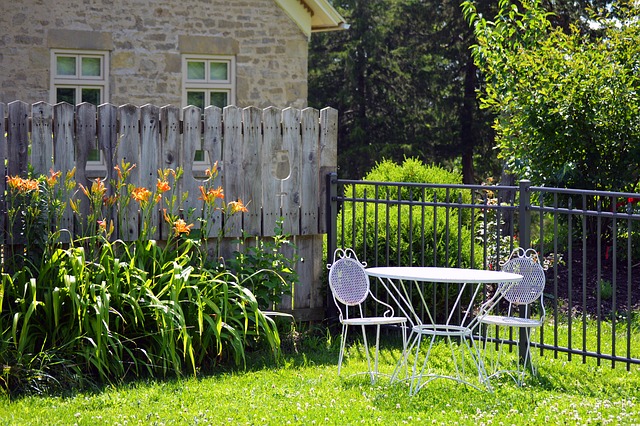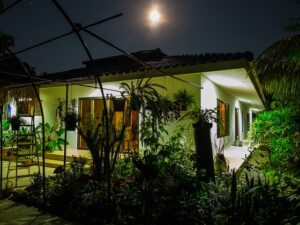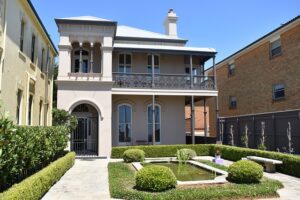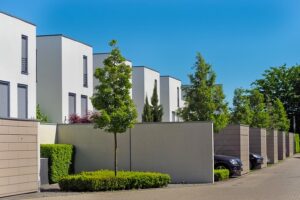Introduction
RBA, or Rentable Building Area, is a term commonly used in the real estate industry to describe the total area within a building that can be rented out to tenants. It is an important metric that helps determine the potential income-generating capacity of a property. In this article, we will dive deeper into what RBA is and why it is significant in the context of real estate.
Understanding RBA
Definition: RBA refers to the total area of a building that can be leased or rented to tenants. It includes all the spaces that are available for occupancy, such as offices, retail units, storage areas, and common areas like hallways and lobbies.
Calculation: The RBA is typically calculated by measuring the floor area of each rentable space within a building and summing them up. It is important to note that RBA does not include areas that are not available for rent, such as mechanical rooms, stairwells, or utility closets.
Importance: RBA is a crucial metric for both property owners and tenants. For owners, it helps determine the potential income they can generate from a property. For tenants, it provides an understanding of the available space and helps in evaluating whether it meets their requirements.
Factors Affecting RBA
Several factors can influence the RBA of a building. Here are some key considerations:
Usable vs. Rentable Area: There is often a distinction between the usable area and the rentable area of a building. The usable area refers to the space that is exclusively available for a tenant’s use, while the rentable area includes additional common areas that are shared among tenants. The rentable area is typically larger than the usable area.
Common Areas: Common areas, such as lobbies, hallways, and restrooms, are included in the RBA calculation. These areas are essential for the overall functionality of the building and are shared among all tenants.
Shared Amenities: Amenities like parking lots, fitness centers, or conference rooms that are shared among tenants may also be included in the RBA calculation. These shared spaces enhance the overall appeal of the building and can attract potential tenants.
Vertical Penetrations: Vertical penetrations, such as elevator shafts or stairwells, are typically excluded from the RBA calculation as they do not contribute to the rentable space.
Benefits of RBA
Understanding the RBA of a building offers several benefits for both property owners and tenants:
Financial Analysis: RBA provides property owners with valuable information for financial analysis. By knowing the potential income-generating capacity of a property, owners can make informed decisions about pricing, leasing strategies, and investment opportunities.
Tenant Evaluation: For tenants, RBA helps in evaluating whether a property can accommodate their spatial requirements. It allows them to compare different spaces and make informed decisions based on their specific needs.
Lease Agreements: RBA is often used as a basis for lease agreements. The rentable area determines the rental rates and terms negotiated between the property owner and the tenant. It serves as a fundamental factor in determining the financial aspects of the lease.
Conclusion
In conclusion, RBA, or Rentable Building Area, is a crucial metric in the real estate industry. It represents the total area within a building that can be rented out to tenants. Understanding the RBA helps property owners determine the potential income-generating capacity of their properties, while tenants can evaluate whether a space meets their requirements. By considering factors such as usable vs. rentable area, common areas, shared amenities, and vertical penetrations, the RBA calculation provides valuable insights for financial analysis and lease agreements.
References
– Investopedia: www.investopedia.com
– The Balance Small Business: www.thebalancesmb.com
– Building Owners and Managers Association International: www.boma.org












